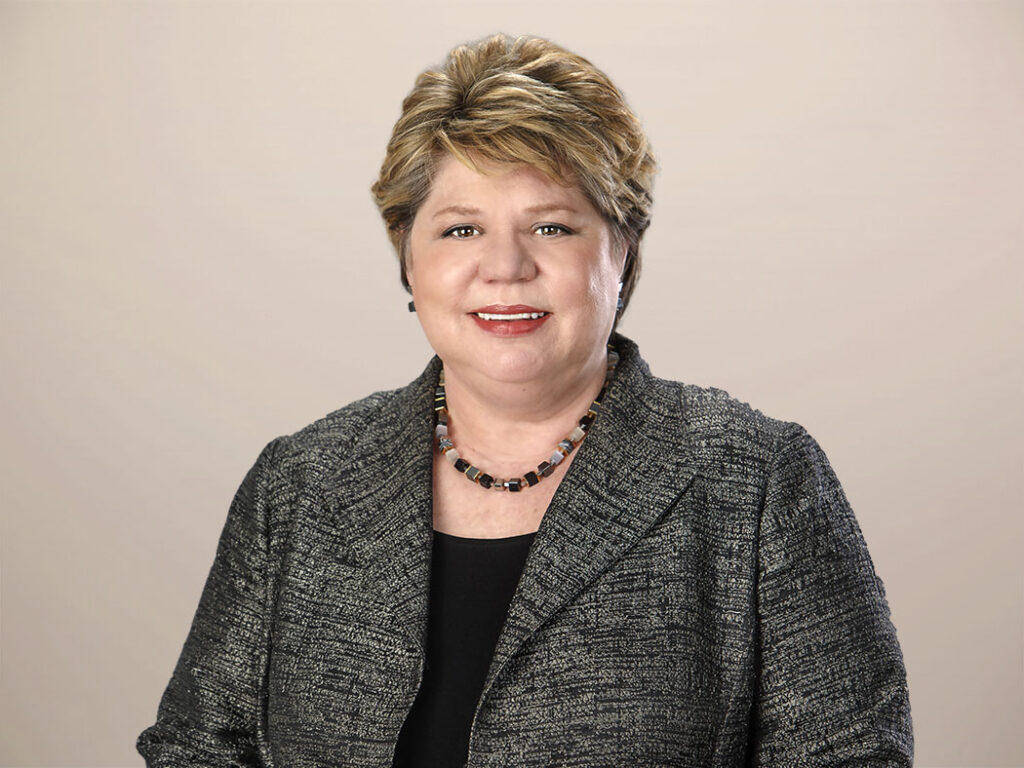How Do Buyer Journeys Relate To the Customer Life Cycle?
 At Forrester, we’re pretty zealous in our recommendations that B2B marketers must shift their marketing focus from a product and channel centric approach to a customer-centric approach, using the customer life cycle as a design framework for company-wide engagement. The customer life cycle is simply the enterprise’s view of the phases a customer passes through in the course of an ongoing relationship with a company. This shift triggers a number of pivots:
At Forrester, we’re pretty zealous in our recommendations that B2B marketers must shift their marketing focus from a product and channel centric approach to a customer-centric approach, using the customer life cycle as a design framework for company-wide engagement. The customer life cycle is simply the enterprise’s view of the phases a customer passes through in the course of an ongoing relationship with a company. This shift triggers a number of pivots:
- From “what we do” to “what your customers want”
- From your process to the customer’s
- From one stage (e.g. acquisition) to the entire life cycle
- From “transactions” to “relationships”
In our B2B research, we also evangelize about the importance of buyer journey mapping. Conceptually these two customer processes seem very similar, and I often get this question:
Q: “How should we use Customer Lifecycle when thinking about Buyer Journey? It feels like two different (similar models)”
A: Well spotted! They are two different models. The Buyer Journey is about one particular decision journey. There will be multiple buyer journeys throughout the typical customer life cycle, such as:
- Initial purchase decision
- Decision or renew (or expand)
- Entirely new purchase decisions for entirely new stuff (cross-sell/upsell)
Each of these journeys needs to be mapped as a unique journey. Each journey will have different decision makers and a different decision process. In theory, we use the same stages as the customer life cycle for the buyer journey –for convenience, not for confusion. In practice, the stages of the buyer journey might vary from decision to decision and your buyer journey mapping process should start with a hypothesis of what are the key decision stages in a particular journey.
